 By:
Steve Yahns, MS, CSCS, NASM-PES
Assistant Director of Performance, Lead Methodology Educator
Spectrum Sports Performance
By:
Steve Yahns, MS, CSCS, NASM-PES
Assistant Director of Performance, Lead Methodology Educator
Spectrum Sports Performance
A high level of strength is important for most athletes, and volleyball is definitely no exception. When we look at all the movements volleyball players go through during a game, we see a lot of jumping, hitting, diving, cutting, and accelerating. High levels of strength can help athletes perform these movements much more efficiently. But we are not talking about body part or isolation strength. Sure being able to lift a lot of weight on a leg extension machine can give an athlete “strong quads”, but does that movement directly help the athlete jump higher, run faster, cut more efficiently, etc? When we talk about achieving higher levels of strength, we are talking about functional strength or strength specific to the demands of that sport. As with the previous blogs, we must address the body as a functional unit throughout each exercise. That same approach goes for our strength lifts as well. Even though certain exercises may have an “upper body” or “lower body” focus, the entire body as a functional unit should be addressed to achieve overall strength gain in relation to improving volleyball performance.
Exercise #2:Band Rotation to Press:
Exercise #3:Single-Leg Squat w/Mini-Band
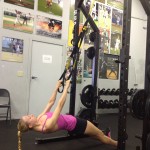
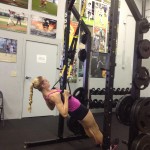
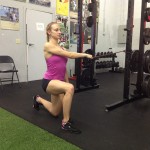
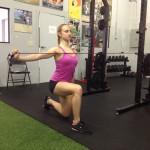
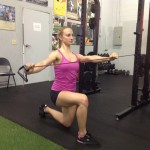
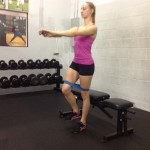
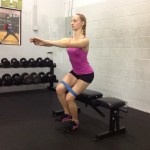
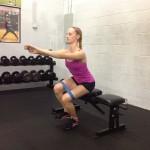
nice one
nice one